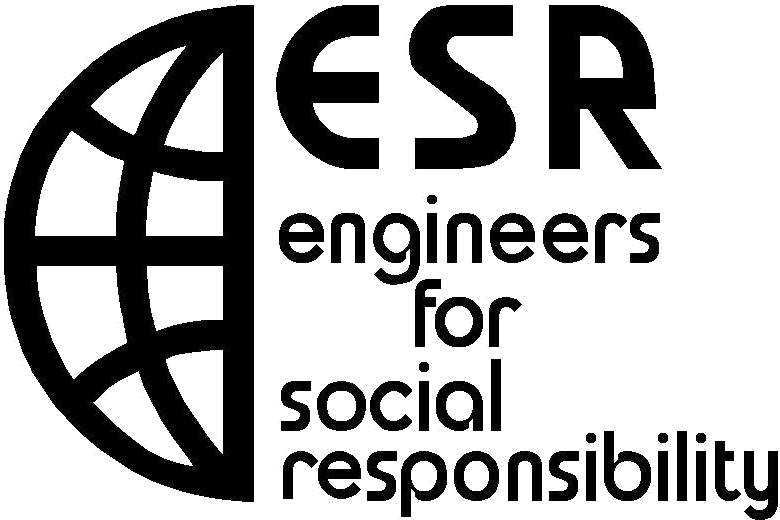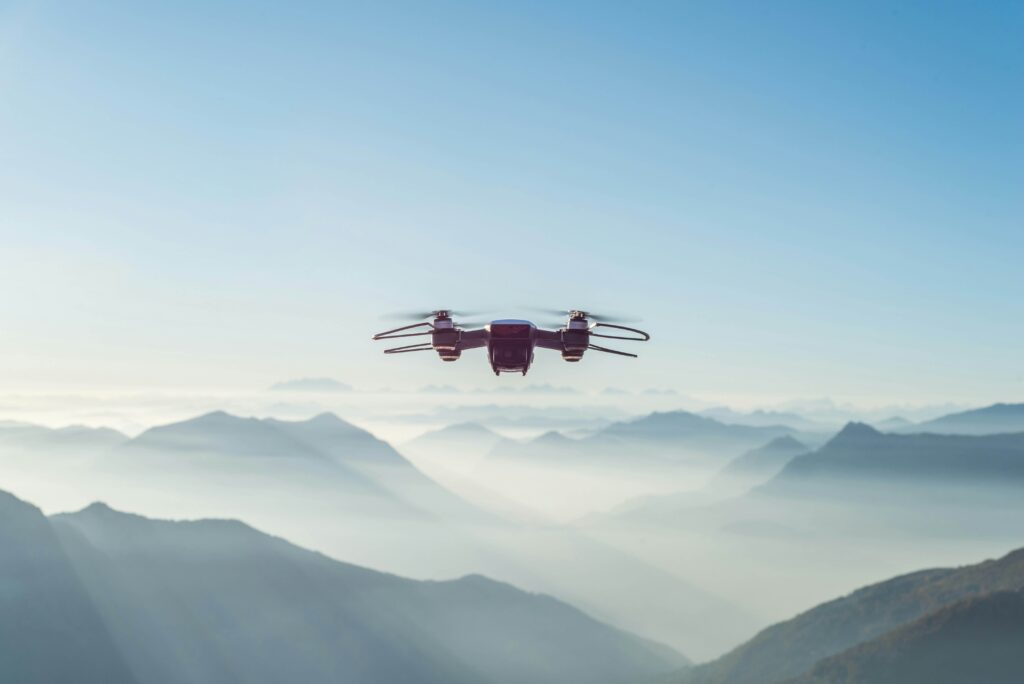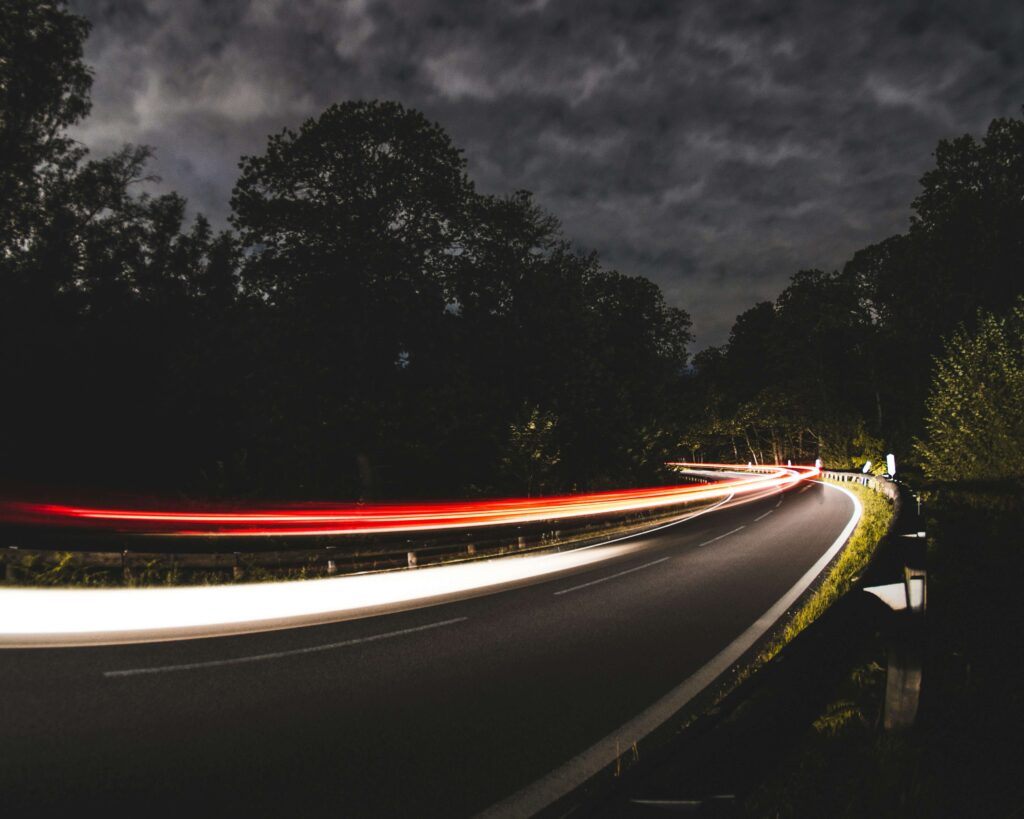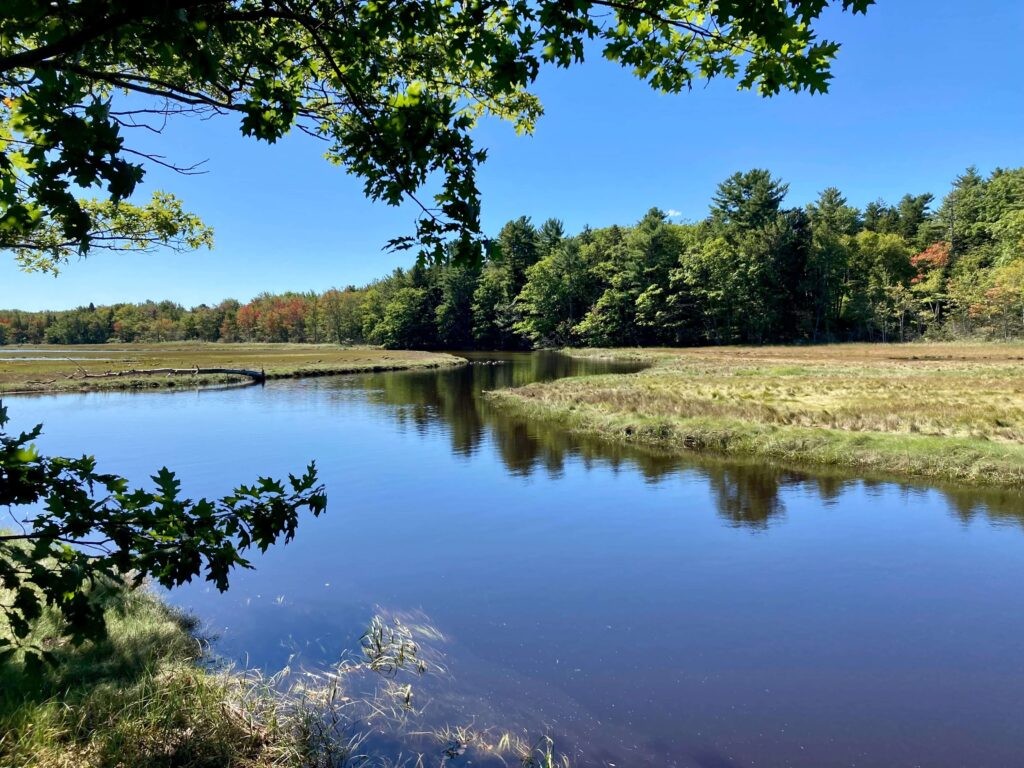Events
Watch video: Presentation of ESR’s submission on the Second Emissions Reduction Plan
Watch a video summary of ESR’s submission to the consultation document “New Zealand’s second emissions reduction plan”, presented by two of its authors, Professor Emeritus Thomas Neitzert and Dr Peter Whitmore. The presentation is followed by a Q&A session and a discussion
of next steps.
Watch video: A perspective on New Zealand’s climate change policies
The policy problem of achieving net-zero carbon emissions by 2050 is not simple. For most people the official numbers are confusing and the policy architecture is obscure. Speaker Geoff Bertram gets both of those into perspective and shines a spotlight on Aotearoa/New Zealand’s Nationally Determined Contribution under the Paris Agreement, focusing in particular on the accounting procedures that New Zealand has used to over-state its performance since 1990.
Read MoreWatch video: Athropocentric global warming – Part 2: The processes
ESR President Jeff Foley spoke at ESR’s webinar in June 2024, providing an update of his work on climate change modelling.
He developed his own global warming model in 2016, and presented it to ESR in 2017. In his spare time he has been updating and improving the work – splitting the model into three: greenhouse heating, ocean warming, and polar ice melt. In this presentation he summarizes the sound engineering principles behind the greenhouse heating process.
Watch video: Drone technology and its impacts on society
Hear Dr Karl Stol from the University of Auckland speak about drone technology. Drones have positively contributed to society by enhancing efficiency, safety, sustainability, and accessibility across various sectors. However, like many new technologies, drones come with public concerns such as privacy and airspace congestion. This presentation introduces emerging drone technology and explores its role in balancing societal benefits and mitigating negative impacts.
Read MoreWatch video: Improving safety with a vehicular internet of things
At least one New Zealander is killed and seven people are injured in road crashes every day. This presentation by Dr William Liu looks at how emerging ‘Vehicular Internet of Things’ technology could be used as a part of government strategies to reduce road deaths and serious injuries by 40% by 2030, compared with 2018.
Read MoreWatch video: The framing and reframing of public policy in New Zealand
The way in which we describe any major social problem largely determines the kind of policy we eventually consider for dealing with it. In this webinar, Michael Hanne explores the ways in which two issues, Poverty and the Housing Crisis, are generally “framed” in public discussion in New Zealand. He offers critiques of that framing and asks how they might usefully be “reframed” in a socially more responsible way. He ends by inviting the audience to talk about other issues they feel need to be reframed.
Read MoreThe Legacy of Rachel Carson
Rachel Carson’s “Silent Spring” (first published in 1962) is an environmental science work that documents the harm caused by indiscriminate use of pesticides.
Dr Howell’s presentation identifies implications in the legacy of Rachel’s “Silent Spring” for Engineers for Social Responsibility.










